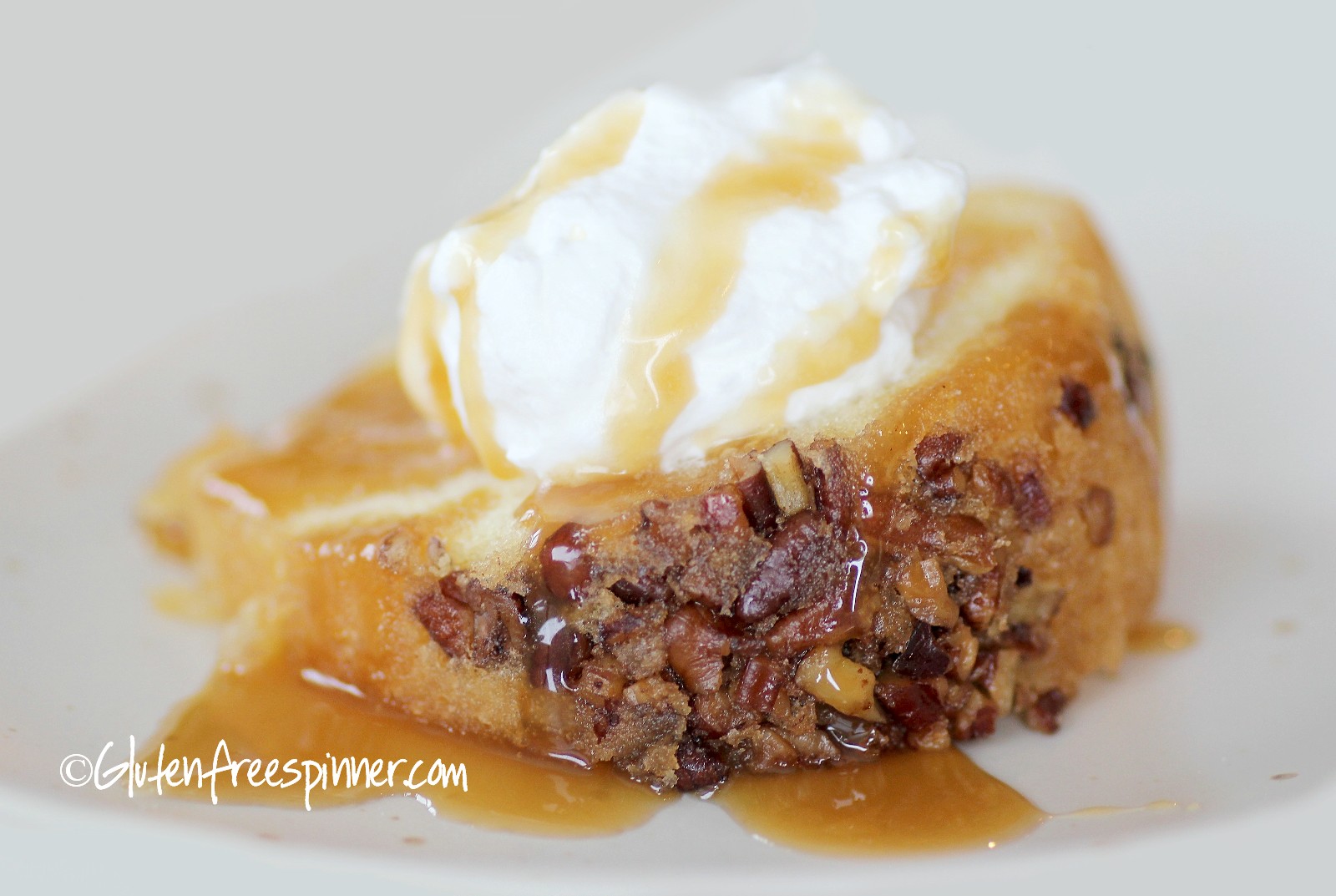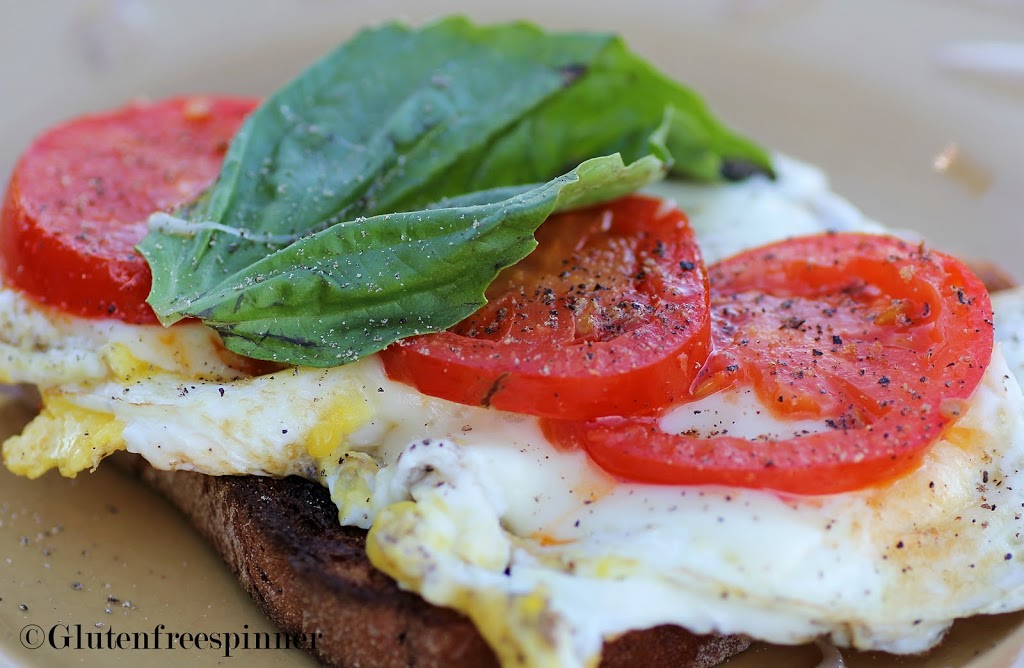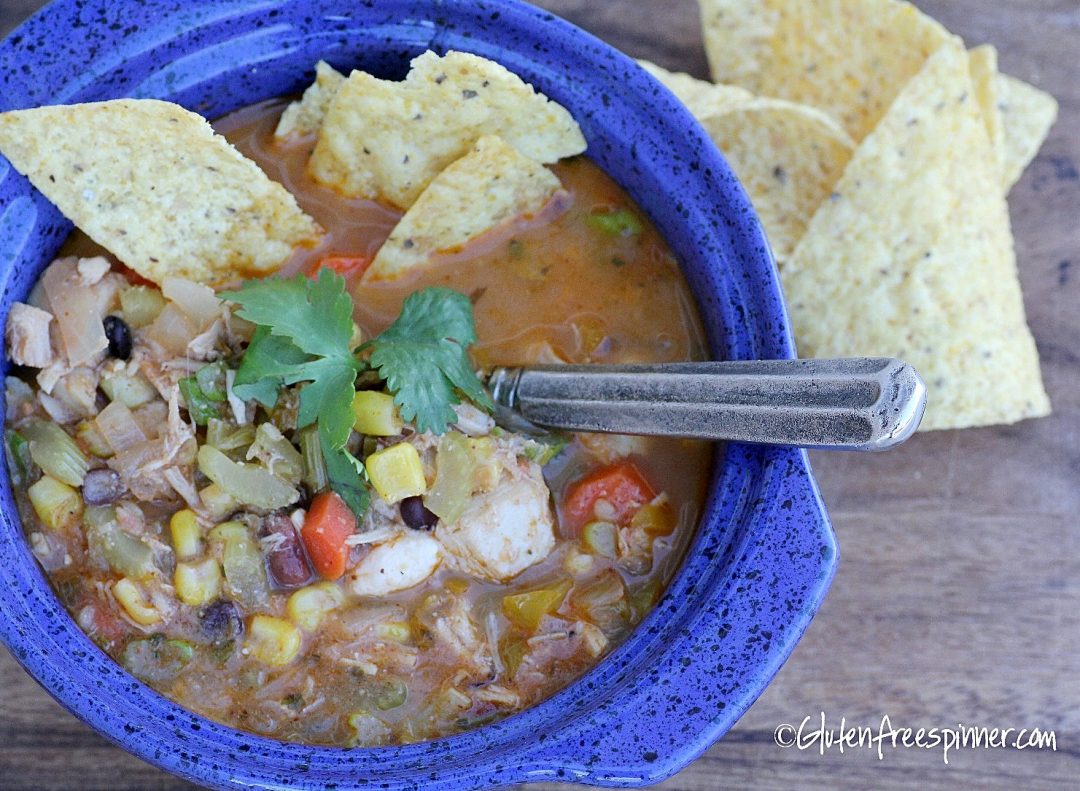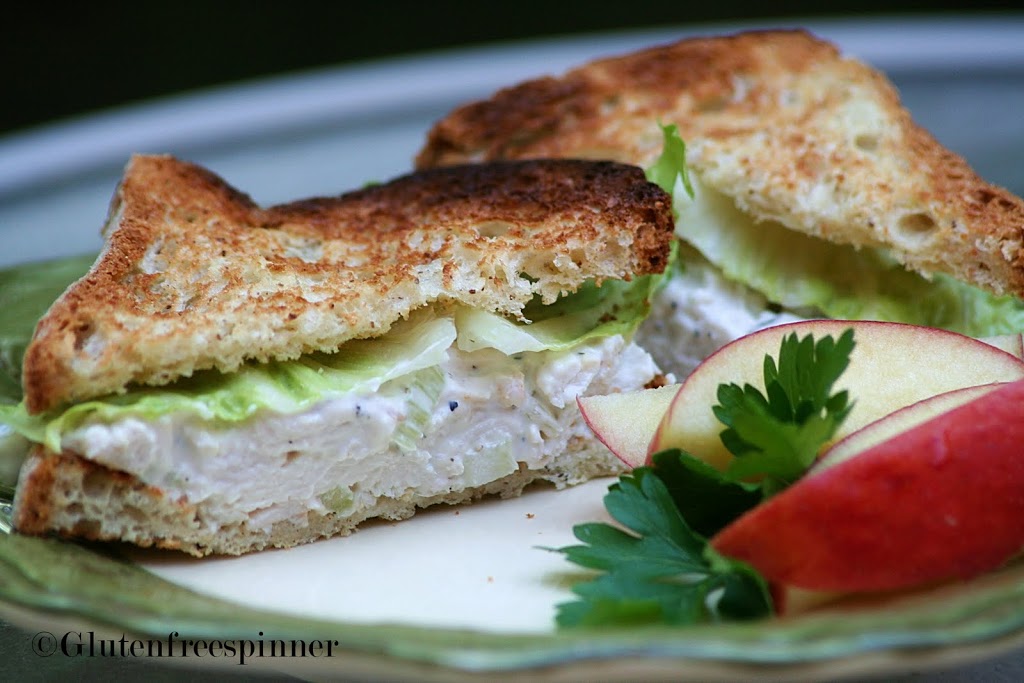How to Live Gluten Free
When I accepted the invitation to write a guest post for Living Without Magazine’s “My Life With Food allergies” , it proved a great opportunity to detail “how to” live gluten free. With a few tips and ideas for making it easier, it no longer has to be a struggle. It’s a way of life you can embrace and soon you’ll be on the road to a healthier you. Eating In and Eating Out. Strategies for making it work and being prepared.
“I just want to eat and live as I use to”…
That’s the goal, right? Live healthy, be healthy, and enjoy it all. It’s also the reason I started my blog Gluten Free Spinner . As I struggled through the learning curve and gained success converting old recipes to gluten free while spinning new ones as well, my motto became, “Don’t miss it, make it!” One of the most rewarding things for me about blogging is the feedback from people who tell me they struggled with what to eat each day and now through my blog have learned how to eat as they use to…they actually enjoy eating and cooking again. Hooray! Starting out, when you learn you are intolerant/have celiac disease or when you are in the elimination phase it seems overwhelming in terms of what you must remove from your diet. But following a few guidelines for what to eliminate and what to substitute is helpful in learning how to eat and live as you use to. Just remember…it’s the GF diet that heals your gut and removes the symptoms…no pills or meds…and to me, that’s fantastic.
The best place to start is what you CAN have – Naturally Gluten Free!
There are so many foods that are naturally gluten free it makes the list of can’t have’s less daunting. Most whole foods…the basics such as fruit, vegetables, eggs, potatoes, meat, fresh non-seasoned or coated poultry, pork, fish, and seafood, fresh herbs and spices, raw or simply salted nuts, and most organic dairy products including natural cheeses (be careful of flavored feta and bleu cheese). Some of the grains include rice, corn, millet, wild rice, quinoa, and teff. Oats if they are labeled gluten free. And…wine. I love wine. I was so happy when I learned I could still have my wine and cheese. Life was going to be ok.
What to watch out for:
Most baked goods both breads and desserts (don’t worry, I’ll tell you how to add them back), prepared foods, licorice, any food item that is pre-seasoned or coated, dressings, condiments, sauces (BBQ, dipping, and soy sauce), white sauces or cream soups, gravy, fried items, anything that says malted or barley, and read the labels for Modified Food Starch…this is a sneaky one in many food items.
Now, make it easy on yourself….
Remove all the “can’t have’s” from your pantry, refrigerator and cupboards…give them to friends and neighbors, just get them out of the way so you don’t accidentally use a product that will make you sick. This also lessens the feeling of missing the items you can no longer have. Re-stock the items with similar gluten free items as time and money allow. Start with your condiments and spices ensuring your ketchup, mustard, dressings, soy sauce (you now use GF Tamari), mayo, jellies and peanut butter are all GF. Check all your spices and start buying the brands you know are GF. Get use to reading labels…it will become natural with every product you choose. Be leery of low fat and fat free items as they often contain additives.
Replace your flours with white rice and brown rice flour, tapioca starch, potato starch, sweet sorghum, and millet, storing them in tightly sealed containers with labels on the front. There are many-many GF flours/grains available but it’s daunting to add them all at once and you’ll feel overwhelmed. Find a favorite all purpose gluten free flour blend (or make one!) and keep it on hand at all times (my preference is Glutino Brand All Purpose GF flour). Add either Xanthan Gum or Guar Gum to your pantry as it’s needed for leavening in most baking…it’s expensive but you don’t use much so it lasts quite a while. Stock GF bread crumbs, either purchase or make your own. For coatings, I’ve found crushed GF Rice Chex to be a great go-to in place of Panko Crumbs. No longer a struggle getting a crispy crusty crunch! My Crispy Baked ChickenFingers are the perfect example.
There are so many great options to replace the gluten-filled foods of old. Experiment a little, consider the textures and flavors you are replacing and try something new. Enjoy the journey and most of all enjoy your healthy body, mind, and spirit living gluten free.
Eating out:
Eating out can be a challenge, but there are many ways to make it easier. With a few tips and planning ahead, you’re sure to enjoy yourself without making it a targeted issue. First, if it’s a group gathering, find out which restaurant and location you will be dining. Then, start with the internet and search the restaurant to see if they have a gluten free menu (most do now). It’s much easier to enter a dining experience being familiar with what’s available and knowing you’ll be able to order something on the menu. It’s also easier than trying to explain your needs to a server who possibly knows nothing about gluten intolerance. You’ll be able to focus on the time with your company instead of on what you can order. We’ve all experienced the situation of staring at a menu in dread, it’s not fun, so plan ahead as much as possible.
What if they don’t offer a gluten free menu? Call and ask to speak with the manager. Let him/her know when you will be dining with them and ask if they have gluten free items to choose from. Most often they will offer to make something for you that fits your needs, they just need notice of when you will be coming.
And what if you just can’t plan ahead…and if you must choose from a gluten-filled menu without many choices, like a pub or diner. Here are a few ideas to make it a successful dining experience.
Eating out:
Eating out can be a challenge, but there are many ways to make it easier. With a few tips and planning ahead, you’re sure to enjoy yourself without making it a targeted issue. First, if it’s a group gathering, find out which restaurant and location you will be dining. Then, start with the internet and search the restaurant to see if they have a gluten free menu (most do now). It’s much easier to enter a dining experience being familiar with what’s available and knowing you’ll be able to order something on the menu. It’s also easier than trying to explain your needs to a server who possibly knows nothing about gluten intolerance. You’ll be able to focus on the time with your company instead of on what you can order. We’ve all experienced the situation of staring at a menu in dread, it’s not fun, so plan ahead as much as possible.
What if they don’t offer a gluten free menu? Call and ask to speak with the manager. Let him/her know when you will be dining with them and ask if they have gluten free items to choose from. Most often they will offer to make something for you that fits your needs, they just need notice of when you will be coming.
And what if you just can’t plan ahead…and if you must choose from a gluten-filled menu without many choices, like a pub or diner. Here are a few ideas to make it a successful dining experience.
- Use the salad bar if an option. You’ll be able to choose fresh items that you know are safe. Lettuce, cucumbers, carrots, onions, tomatoes, peppers and cranberries or nuts. If the dressings are in bins (and they usually are) you won’t have a chance to read the ingredients so just use a fresh squeeze of lemon and salt and pepper. It’s fresh, light, and you’ll be safe.
- If there isn’t a salad bar, look for the salads on the menu…there’s sure to be an option even if only a dinner salad. Salads can be a great choice as long as you have the option for the dressing on the side and no croutons. Stay away from Asian salads as most often they will have soy sauce in them. Usually you can find a poached chicken, shrimp, or salmon to have with the salad…these are good choices.
- Burgers can be a good option, just ask for it without the bun. The only caution with this is many times they are cooked on the flat-top grill that had gluten products cooking prior to your burger. Make the call…look around and see if it’s a good choice or ask the server. Remember, seasonings can also be a source of gluten, some contain malt or modified food starch. You just have to decide from asking directly or simply making the call.
- Order a baked potato and make it a loaded one. Add butter, sour cream and cheese.
- Check the sandwich items for grilled chicken breast and make sure it’s not pre-marinated or coated. Order without the bun and ask for it on a bed of lettuce and tomato. You can also ask for a side of salsa to go with the chicken.
- Nachos are a good option as long as the chips are corn, which they usually are. If you have the choice of meat, be sure it isn’t seasoned. Cheese, jalapenos, chilies, tomatoes, and onions are all safe. Most salsa’s are safe, but you certainly can ask to be sure. I’ve had the server bring the container out for me to read the ingredients. It’s worth it!
- Quesadillas on a corn tortilla are a good option as are taco’s. Be sure to ask.
- Check the appetizer menu for shrimp cocktail…unbreaded, not marinated. Just traditional shrimp cocktail. Don’t eat the cocktail sauce, most are not gluten free, but the shrimp should be fresh and you can order lemons. It’s special and you won’t feel cheated.
- A side of steamed or grilled veggies is also a good option and often you can get a side of rice or a potato. Use your imagination, you can make your own meal.
- Small town bars and taverns can the the trickiest as it’s usually just bar food. But there are times when you will just have to figure it out. For example, snowmobiling…there aren’t going to be gluten free choices amidst the local bar-hop stops. But you have to eat something as cocktails are usually part of the stop. Nachos are often a choice if you can order them plain with real cheddar cheese microwaved on the corn chips. Don’t do the ones with the fake cheese stuff…there are thickeners and they aren’t safe. Sometimes the only option is a bag of potato chips, but ask for some pickles and a few slices of cheese. It will get your through. Best bet in this situation is to bring protein bars, packaged cheese squares or sticks, an apple or banana, or bag of nuts like almonds with you. Stuff them in your jacket and you’ll be so glad you did!







